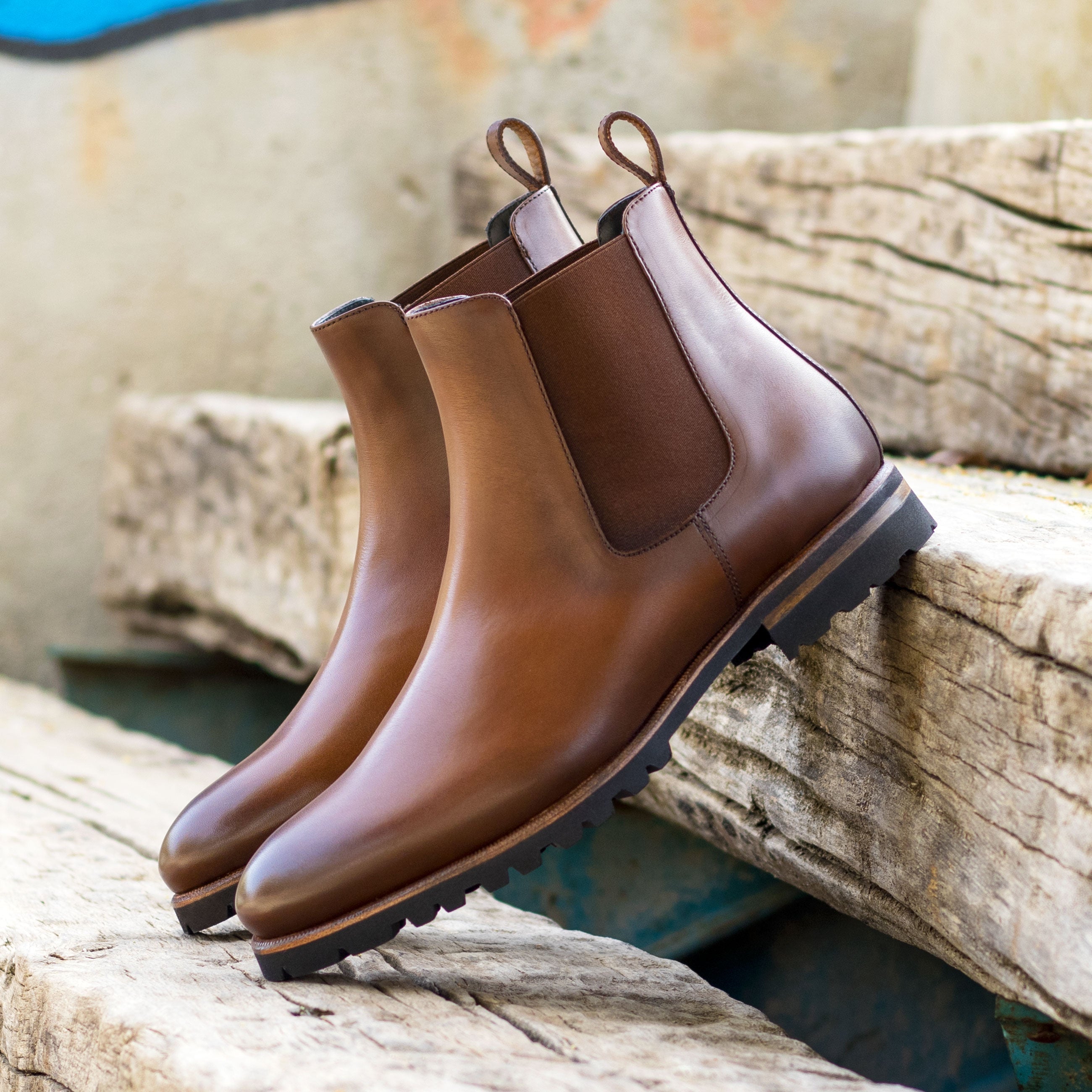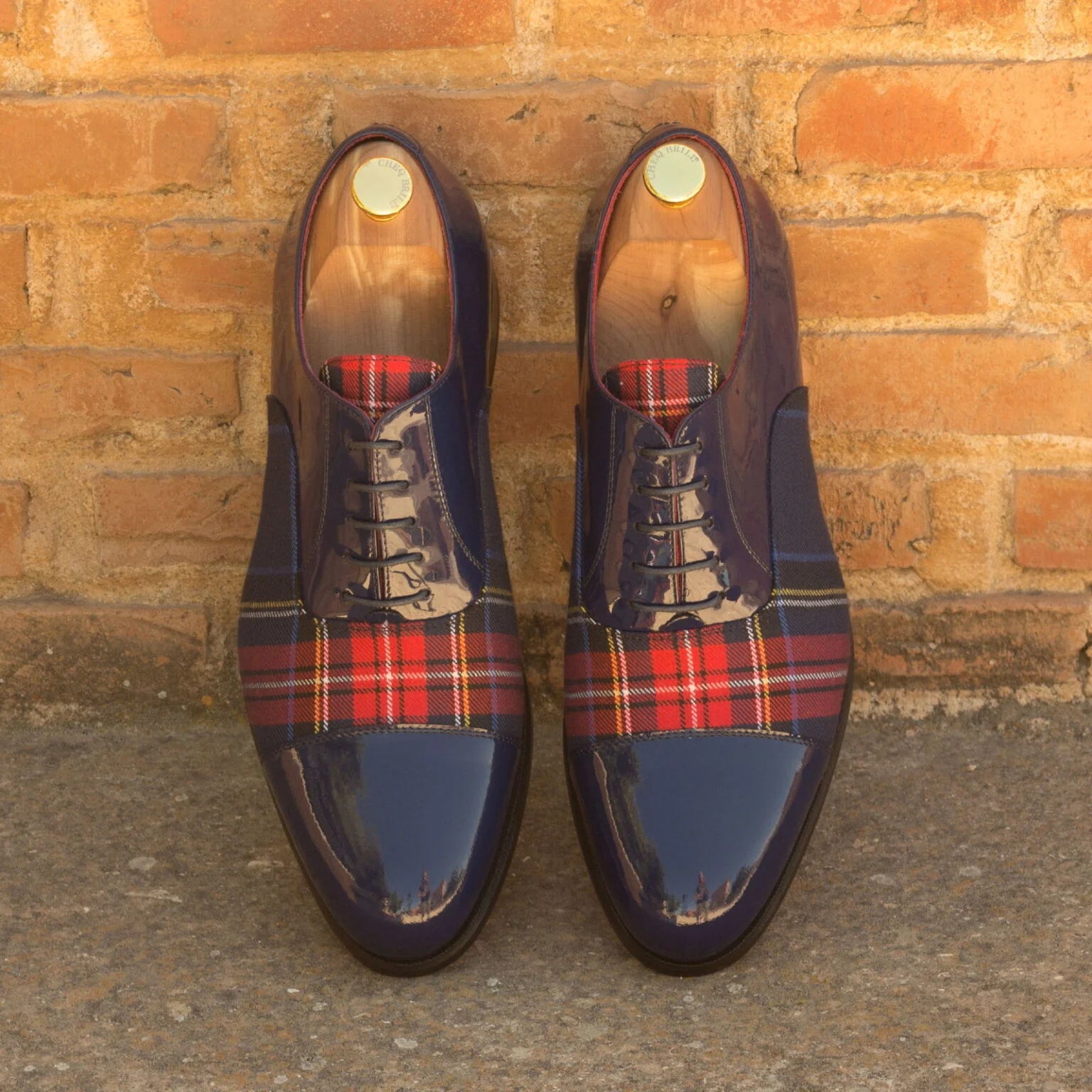Made to Order. Crafted to Fit. Designed to Impress.
Where Heritage Meets Luxury
Experience the finest bespoke, made-to-measure shoes — handcrafted with precision, premium materials, and timeless design. Guaranteed for quality, style, and perfect fit.



















































